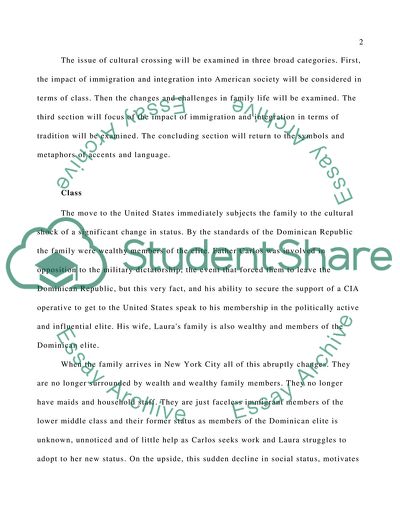Cite this document
(The Cultural Crossing, the Contrasts between Life in the Dominican Rep Essay, n.d.)
The Cultural Crossing, the Contrasts between Life in the Dominican Rep Essay. https://studentshare.org/literature/1746383-how-the-garcia-girls-lost-their-accents
The Cultural Crossing, the Contrasts between Life in the Dominican Rep Essay. https://studentshare.org/literature/1746383-how-the-garcia-girls-lost-their-accents
(The Cultural Crossing, the Contrasts Between Life in the Dominican Rep Essay)
The Cultural Crossing, the Contrasts Between Life in the Dominican Rep Essay. https://studentshare.org/literature/1746383-how-the-garcia-girls-lost-their-accents.
The Cultural Crossing, the Contrasts Between Life in the Dominican Rep Essay. https://studentshare.org/literature/1746383-how-the-garcia-girls-lost-their-accents.
“The Cultural Crossing, the Contrasts Between Life in the Dominican Rep Essay”. https://studentshare.org/literature/1746383-how-the-garcia-girls-lost-their-accents.


